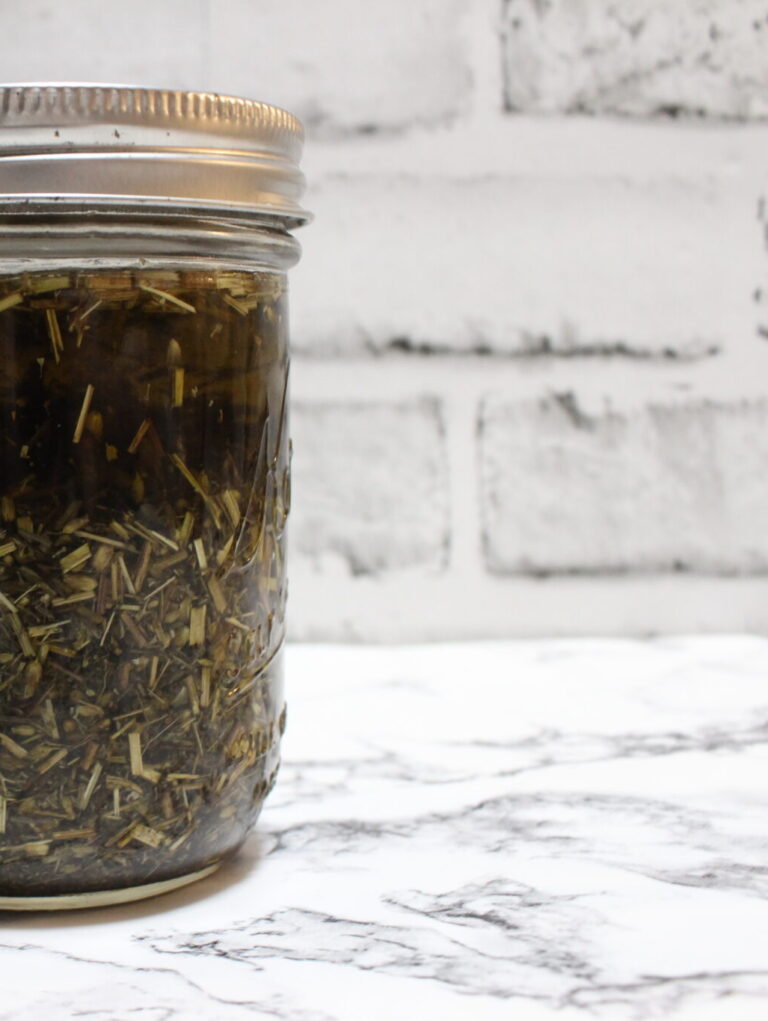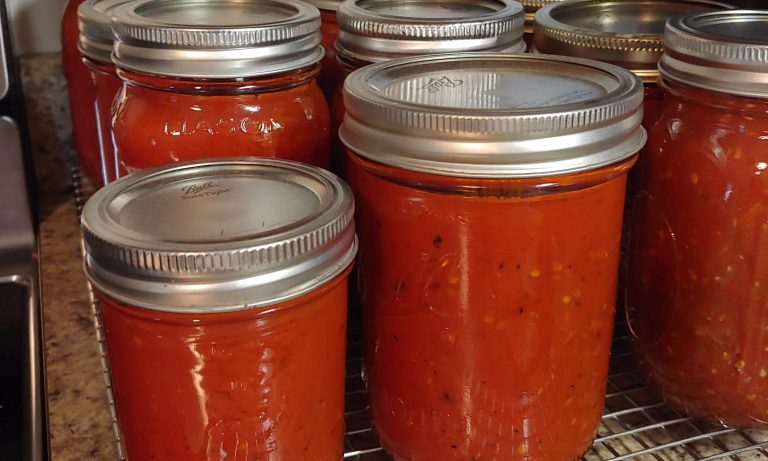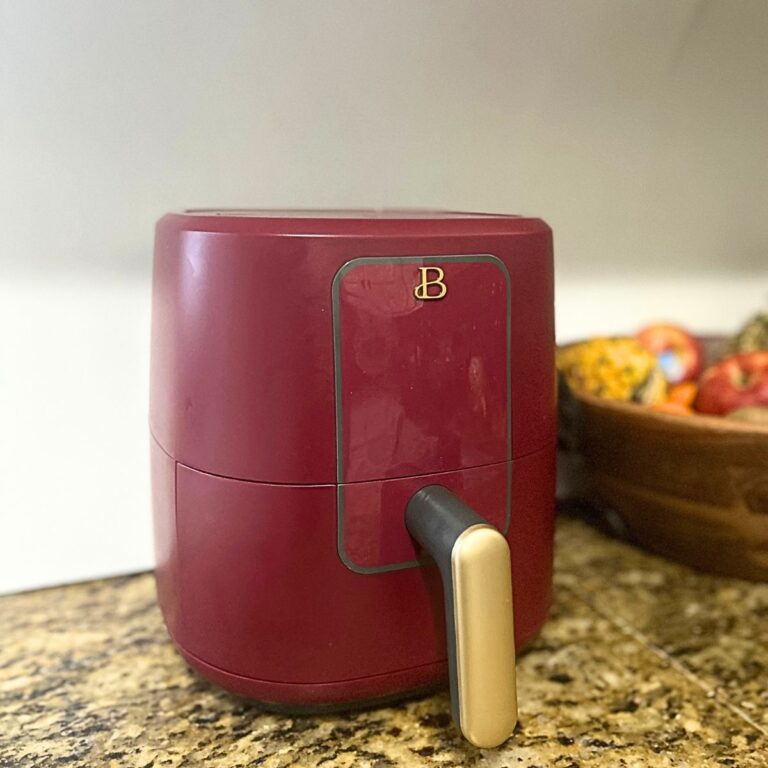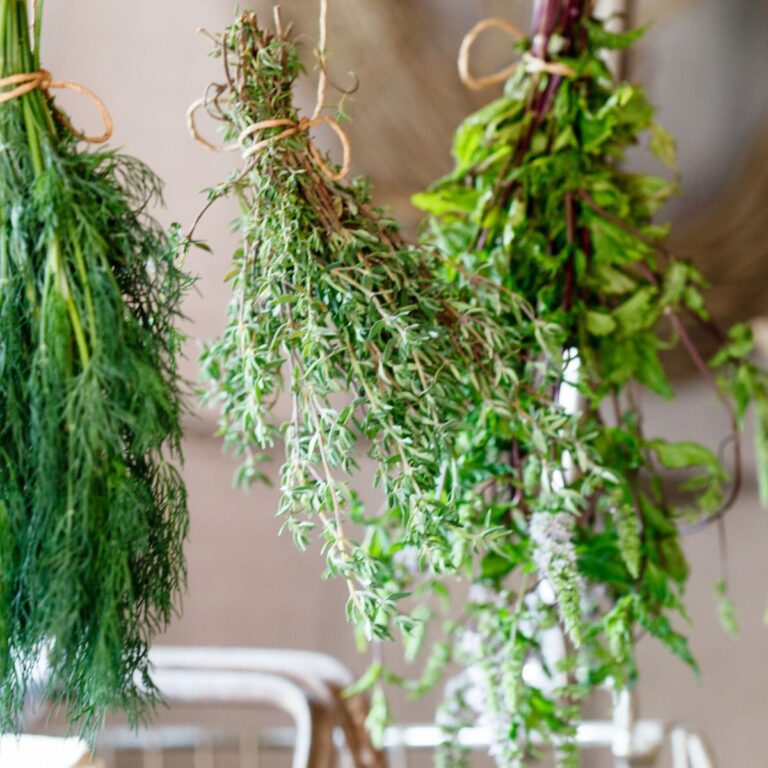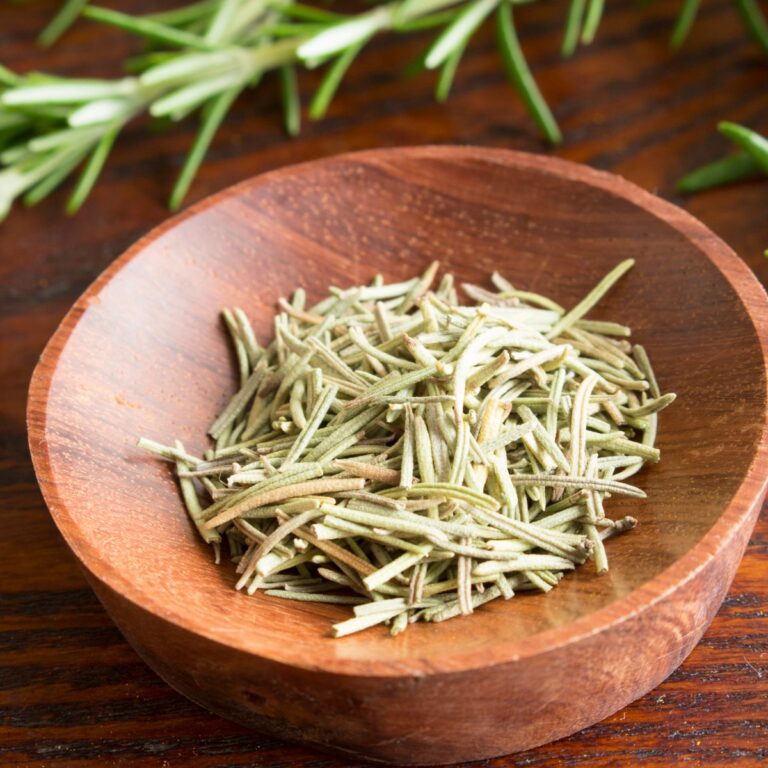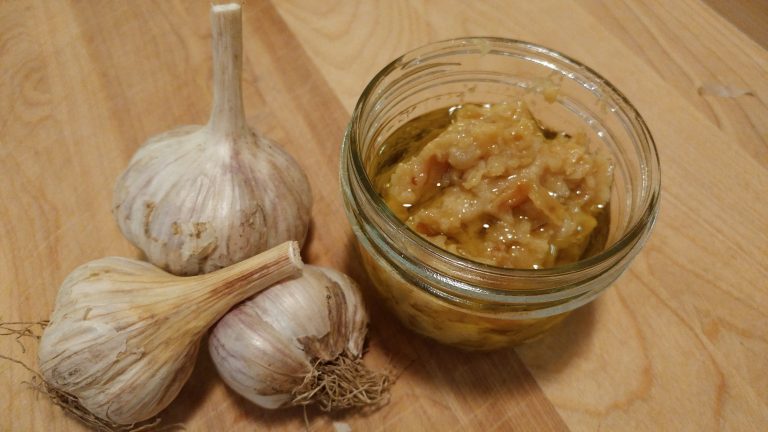This post may contain affiliate links.
Storing carrots is a great way to extend the garden season and supply your own vegetables well into the winter.
Carrots are fairly easy to grow in large quantities and can be stored in several ways. Here are three ways to store carrots.
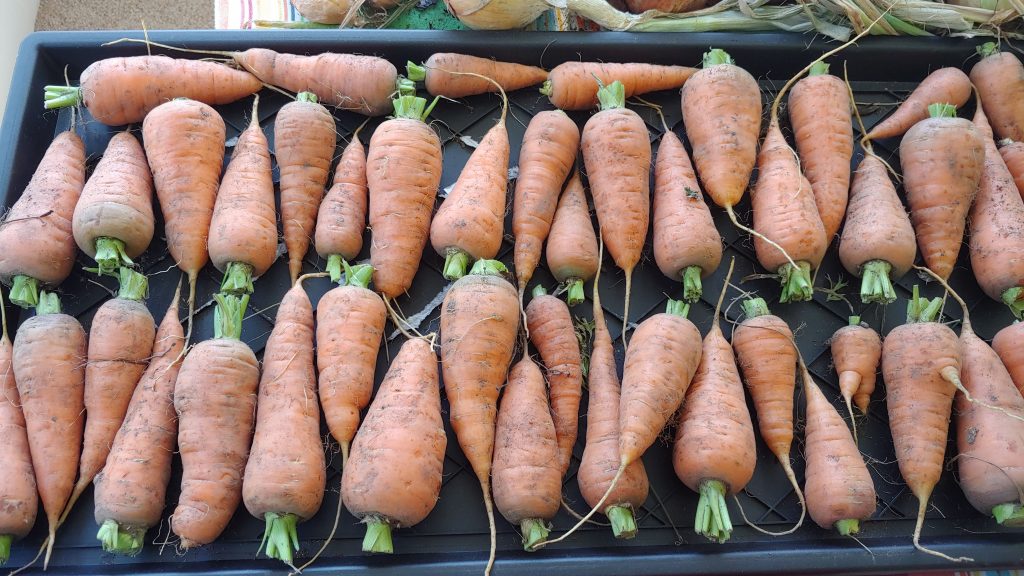
3 Ways to Store Carrots
1. Leave Them in the Ground
If your carrots are just reaching maturity at the end of the season, leaving them in the garden in the winter is an easy option! Cover the carrot bed with at least 6 inches of mulch (like straw) to insulate the roots.
Then, when you need carrots, move them to the side and harvest a few at a time. The ground will keep the carrots moist and cool, and the mulch will keep them from freezing.
2: Store Them in the Fridge
Storing carrots in the refrigerator is an easy option. Carrots like to be kept in a moist, cool environment. Ideally, it should be between 32-38 degrees Fahrenheit and 98% humidity. A refrigerator can get you fairly close to this desired range.
Place the carrots in plastic storage bags and then punch a few holes in the bags so that air can circulate.
You can store them in one of the produce drawers, especially if you can set the moisture level in your drawer. For best results, line the bottom of the produce drawer with a paper towel to help absorb and retain moisture.
3. Store in a Box with Wood Shavings
If you have many carrots, you can store carrots in a box or bin. Much like the potato storage method, this requires a similar storage method.
Use a 10 gallon plastic bin. Add about 4 inches of wood shavings to the bottom of the bin. This helps to ensure insulation and good air circulation. (You can also substitute wood shavings with Damp Sand or Sawdust.)
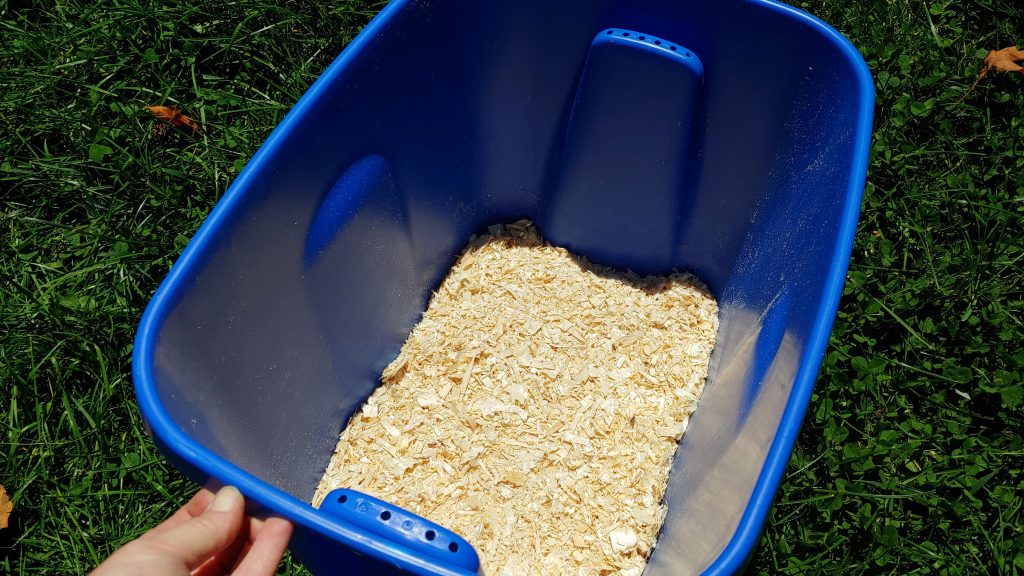
Then, put the carrots into the bin in layers, adding wood shavings between each layer. Try to avoid having the roots touch each other.
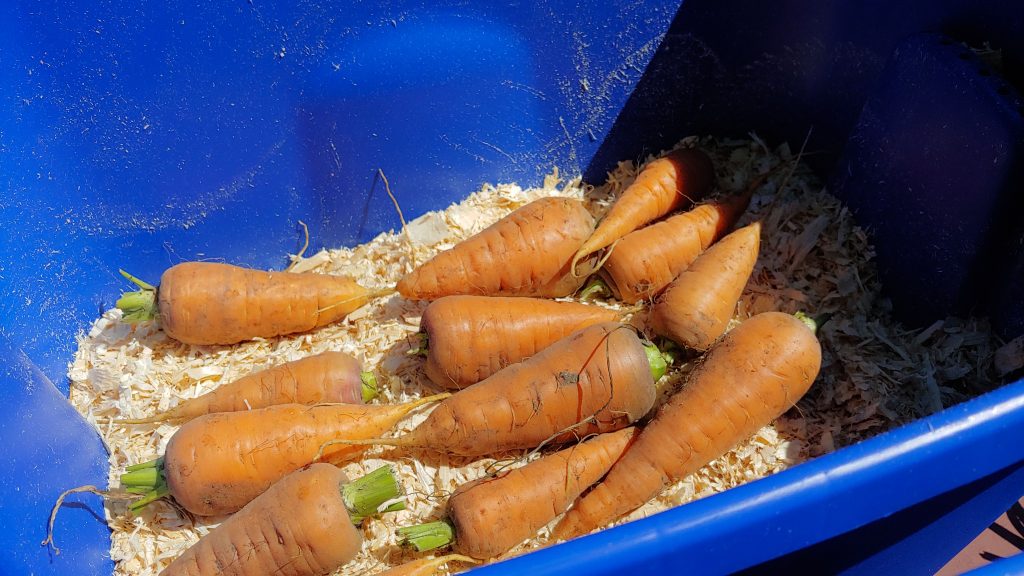
Also made sure that each side of the bin had about 2 inches of shavings.
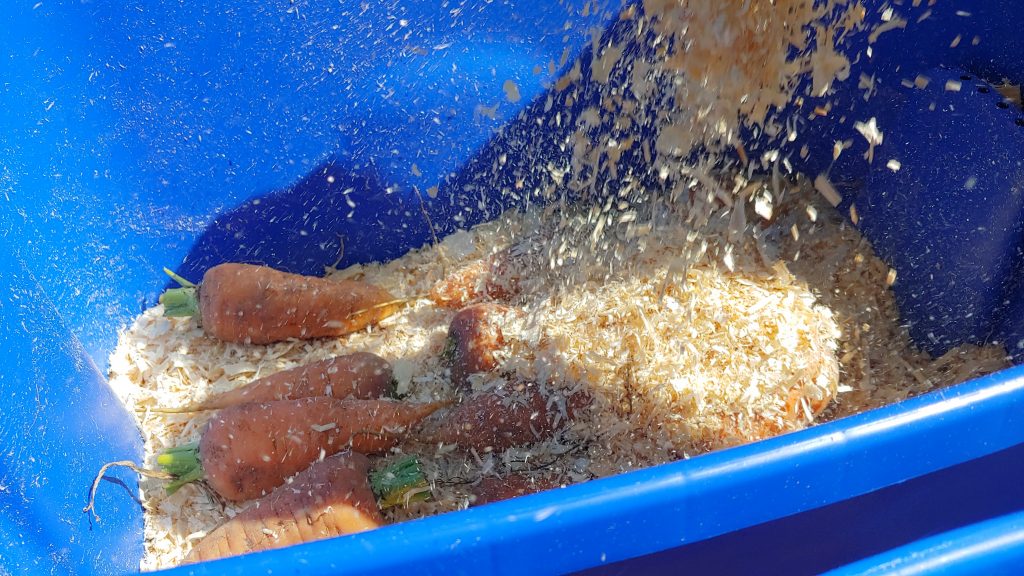
Drilled holes in the bins to ensure circulation so the carrots don’t rot.
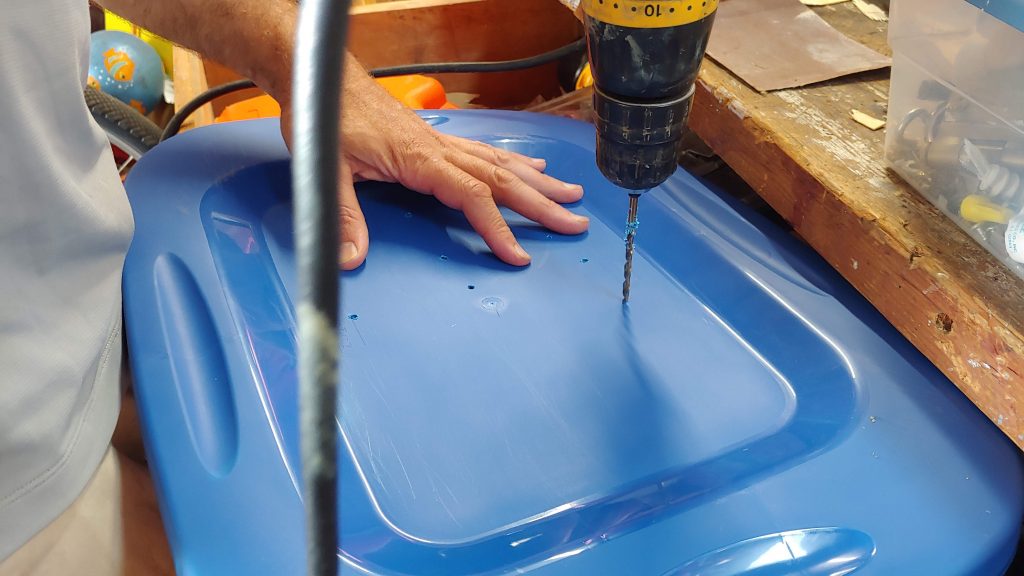
We’ll store these bins in our root cellar. They can also be stored in a cool, unheated porch or garage. You need to be sure that they maintain a cool temperature without freezing.
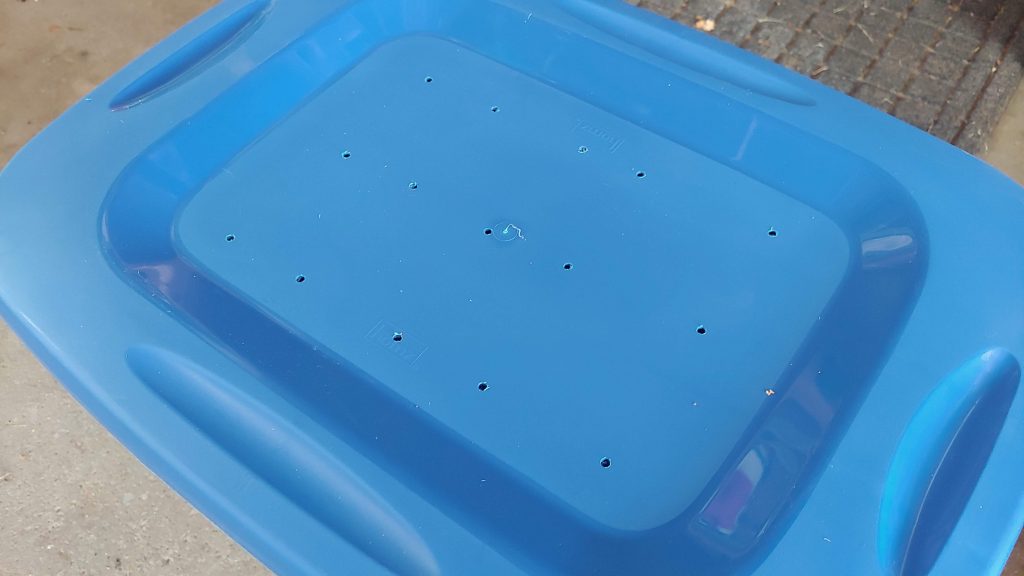
What if your carrots have already matured, or you can’t leave them in the ground at your community garden?
In this case, you will want to harvest your carrots for storage. Cut the green tops off, leaving about a half inch of green shoots, and follow one of these methods for successful long-term storage.
Be sure to remove any damaged carrots or dings in the outer layer. These won’t store as well and should be eaten first.
Should I wash my carrots before storing?
Washing your carrots before storage is optional. We prefer to brush off the soil by hand and not worry about some of it staying on there. If you choose to wash with water, you MUST let the carrots dry very well before storage. Ideally, let them dry in the sun for not more than 2-3 hours (otherwise, they may soften).
Other posts you might like:
- How to Harvest, Cure, & Store Garlic
- How to Harvest, Cure, & Store Onions
- How to Cure & Store Potatoes
- How to Store Pumpkins
We hope that you have found this helpful. Whatever storage method you use for your carrots, check on them regularly. Promptly remove any roots that are getting soft or show signs of decay.
Carrie Williams Howe is an educational leader by day and an aspiring homesteader by night and weekend. She lives on a small homestead in Vermont with her husband, two children, and a rambunctious border collie. She blogs about her family's homestead life at The Happy Hive.

